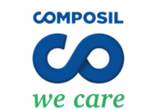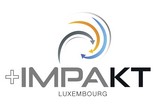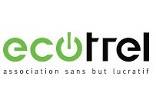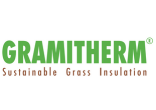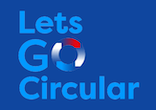
A sustainable business is a circular business
Chances are you own an H&M T-shirt and a Philips light bulb. What these two have in common is that they’re both the product of something called "circular economy". Here’s how it works, and why it’s so important—for every business, including our own.
Most businesses today operate in a linear economy, which is based on a “take, make, and dispose” model. This means that they source materials as cost-effectively as possible in order to sell the largest quantity achievable. Their operations are based on the assumption that there’s an infinite amount of resources available.

Closing the loop
The circular economy model, however, treats resources as finite, and is based on a “make, use, and return” model. Here, companies maintain full ownership of market offerings. This model is often achieved via business models based on leasing, subscriptions, or various types of shared economies (think : car sharing).
A great example of a company “closing the loop” is H&M, which offers its customers the option to hand in old garments in their stores. The garments are then sorted into three categories to either be recycled, reused, or re-worn (sold as second-hand clothes). Acting circular as a company is not only better for the environment—it can also be more profitable in many ways.
A recent McKinsey report concluded that circular businesses could boost Europe’s resource productivity by 3% by 2030. This equates to annual savings of—hold on tight—€600 billion a year !
Putting it into practice
Adapting to a circular economy model will reduce the dependency on raw materials, and most importantly, it will limit waste. If we really want to turn climate change around, we’ll need to take responsibility ourselves. This is why we’re currently developing an innovative service model for our charging stations, one which will close the loop—even after disposal.
This model will be a subscription model in which customers can subscribe to (or “lease”) a charging station for a monthly fee.
This replaces the need for fleet owners and EV drivers to purchase and maintain their own residential or workplace solutions ; we take ownership and responsibility of these charging stations, covering everything from station maintenance to charging management.
Once the subscription ends, stations are brought back for refurbishment or recycling. The station will then find a second life (e.g. as dummy stations on schoolyards). This process is repeated until the station is fully recycled.
This subscription will be the first step in a long-term plan to make sure that EVBox is responsible throughout all operations, even after disposal. Because the subscription lasts longer than just the charging station itself, companies can reduce spending and lower their carbon footprint at the same time.
Keep an eye on evbox.com for the release of this subscription model !
IN THE FUTURE, PROJECTS |BY AMANDA LUNDBERG
By EVBox
EV-Wallux powered by EVBox
Les bornes de rechage de votre voiture électrique ou hybride PHEV sont désormais disponibles au Luxembourg.
Contactez Frédéric Pirmez
+ 32 473 72 47 71
frederic.pirmez@ev-wallux.lu


